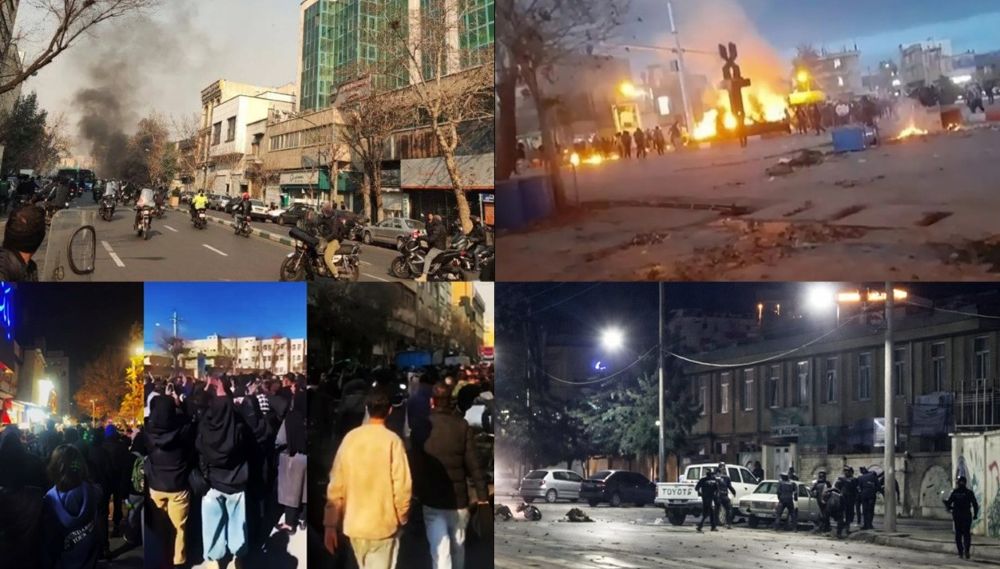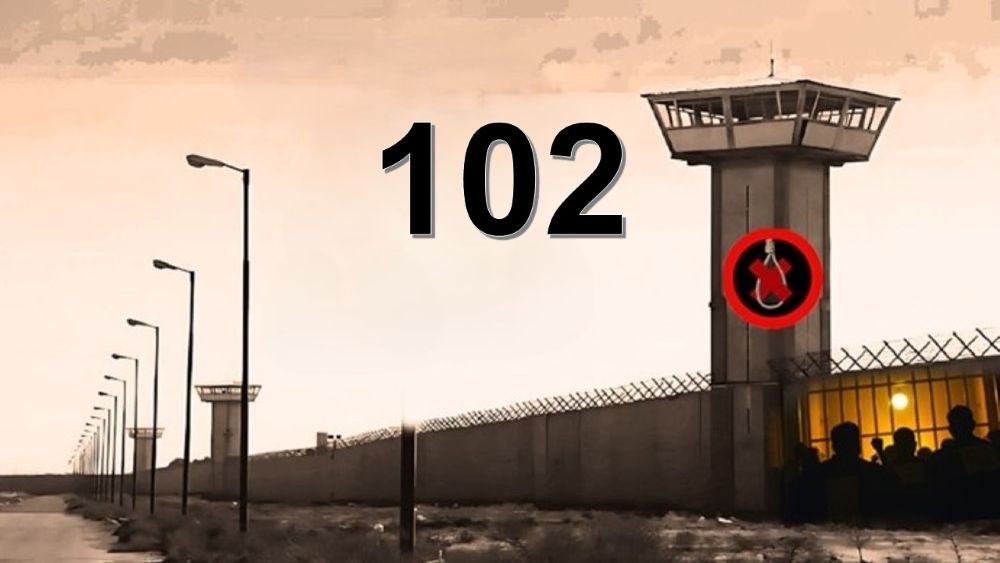Amnesty International released a report on 23 July 2021. In this report, Amnesty strongly condemned the repression of the people of Khuzestan province in southwestern Iran, who have been protesting wildly since July 15 due to the lack of water. In the protests, the people being shot by the Iranian regime’s security forces, which killed at least eight people.
The details of this report are as follows:
Iran: Security forces use live ammunition and birdshot to crush Khuzestan protests
Iran’s security forces have deployed unlawful force, including by firing live ammunition and birdshot, to crush mostly peaceful protests taking place across the southern province of Khuzestan, Amnesty International said today. Video footage from the past week, coupled with consistent accounts from the ground, indicate security forces used deadly automatic weapons, shotguns with inherently indiscriminate ammunition, and tear gas to disperse protesters.
Since protests over severe water shortages erupted in Khuzestan on 15 July, security forces have killed at least eight protesters and bystanders, including a teenage boy, in seven different cities. According to official statements, one police official was also shot dead in Mahshahr. Scores of people, including children, have been injured, including by birdshot, and several are hospitalized in critical condition due to gunshot wounds. Security and intelligence forces have swept up dozens of protesters and activists, including many from the Ahwazi Arab minority, in mass arrests.
“Using live ammunition against unarmed protesters posing no imminent threat to life is a horrifying violation of the authorities’ obligation to protect human life. Protesters in Iran who take to the streets to voice legitimate economic and political grievances face a barrage of gunfire, tear gas, and arrests,” said Diana Eltahawy, Deputy Director for the Middle East and North Africa.
“Iran’s authorities have a harrowing track record of using unlawful lethal force. The events unfolding in Khuzestan have chilling echoes of November 2019, when security forces unlawfully killed hundreds of protesters and bystanders but were never held to account. Ending impunity is vital for preventing further bloodshed.”
Amnesty International calls on the Iranian authorities to immediately cease the use of automatic weapons and shotguns firing birdshot, which are indiscriminate, cause grievous and painful injuries and are completely inappropriate for use in all policing situations. They must also release all those detained solely for peacefully exercising their right to freedom of expression and assembly and protect all detainees from torture and other ill-treatment. The authorities must also ensure the injured can safely access medical care in hospital without facing arbitrary arrest. Iran’s authorities must also end deliberate ongoing internet disruptions and shutdowns across the province to clamp down on human rights.
Iran has experienced a worsening water crisis in recent years depriving people of their right to clean and safe water and leading to several protests including in Khuzestan. Environmental researchers say the authorities have failed to take adequate action to address the crisis.
Evidence of unlawful use of force
According to analysis by Amnesty International’s weapons expert, the sound of automatic weapons fire can be heard in multiple videos relating to protests in Khuzestan province that have circulated on social media since 15 July, including from the cities of Izeh, Ahvaz, Kut-e Abdollah, Susangerd and Shoushtar.
Video – automatic weapon fire
In other videos, including from Ahvaz, Khorramshahr, Mahshahr, Shavur, Shoush and Susangerd, the sounds of individual shots can be heard, which could be from discharging live ammunition, birdshot, or less-lethal munitions such as kinetic impact projectiles.
Video – single shots fired
In one video, where single shots are audible, security forces wearing anti-riot gear are seen advancing, some of them on motorcycles, towards a gathering of unarmed protesters. As shots are heard, protesters are seen fleeing in the opposite direction. In another video, a member of the security forces is seen firing a shotgun at a target off camera. In one other video, a police official is seen running towards a crowd firing a shotgun as armed members of the security forces nearby shoot grenade launchers.
In at least one video, several armed men are seen chasing a fleeing protester into a quiet side street while a mixture of automatic gunfire and single shots can be heard in the background. The fleeing protester is seen slumping to the ground. According to information received by Amnesty International from an Ahwazi Arab human rights defender, the armed men were members of the security forces who then arrested the protester.
Although Amnesty International was not able to confirm the identities of the shooters in all videos, in some of the footage, protesters at the scene or those filming can be heard saying that security forces are firing toward protesters or into the air.
In all but two video clips reviewed by Amnesty International, protesters are unarmed and clearly pose no threat to life that would meet the threshold for the use of lethal force under international law. Extensive video evidence indicates the demonstrations were mostly peaceful though in some places, as the crackdown by security forces escalated, some protesters put up roadblocks with burning tyres, engaged in stone-throwing and arson and damaged state vehicles. In some videos, gunfire is heard while protesters are escaping and could not, therefore, represent any danger to the security forces.
The above-mentioned two video clips were published by Iran’s state-affiliated Fars News Agency, said to be from Ahvaz on 20 July. The first shows a single armed man shooting off camera standing beside a group of unarmed men; the other shows a man on the rear seat of a moving motorcycle shooting into air.
While the circumstances surrounding the incidents shown in these clips remain unclear to Amnesty International, in the course of extensive documentation of the crackdowns on nationwide protests in November 2019 and other protests in recent years, the organization has received numerous eyewitness accounts indicating the authorities’ use of plainclothes agents to pose as armed or violent protesters.
Identified victims
According to information obtained from informed sources, security forces have killed at least eight protesters and bystanders, including a teenage boy, since protests began.
They include Mostafa Asakereh (Naimavi) in Shadegan, Ghassem Naseri (Khozeiri) in Kut-e Abdollah, Isa Baledi and Meysam Achrash in Taleghani, Hamzeh (Farzad) Fereisat in Ahvaz, Mehdi Chanani in Shoush, Hamid Mojadam (Jokari) in Chamran, and a teenage boy, Hadi Bahmani, in Izeh. The deaths resulted from incidents on 16, 19, 20 and 21 July.

Human rights defenders on the ground have reported that in various cities across the province, many injured protesters are not seeking hospital treatment due to fear of arrests. A human rights defender told Amnesty International that on 21 July, security and intelligence agents arrested several injured protesters from a hospital in Susangerd.



